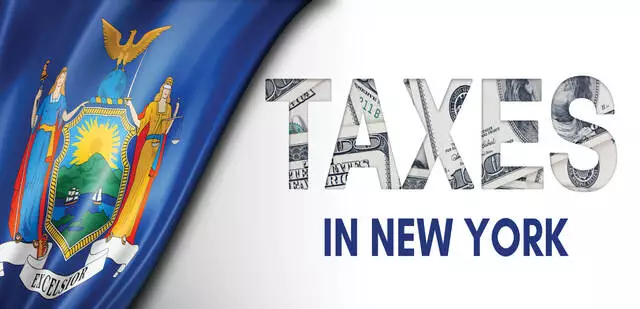
Eclipse mania was dampened at TiNY’s editorial offices by the presence of clouds. In Western New York, we were supposed to enjoy a spectacular view of the totality for several minutes. But after two days of nothing but clear skies, the clouds moved in to darken the skies before the eclipse could darken the skies. And then, two hours after the event, bright sunny skies again. So, yeah, another situation in which Western New York approached the pinnacle only to be beaten down in the last moment. Add “cloud-obscured” to “thirteen seconds,” “wide right,” and “no goal.”
Two orders and one determination this week. The two orders are atypical timies. The determination is a typical timy.
Orders
Matter of Ramos and Matter of Ramos (ALJ Chu-Fong, March 28, 2024); Div’s Rep. Eric Gee, Esq.; Petitioner pro se; Articles 28 and 29/Timeliness (Zoe Peppas).
These two Orders involve two parallel, and essentially the same, timies. One reflected the period December 1, 2016, through May 31, 2017, and the other reflected the period December 1, 2017, through May 31, 2018. The issue was whether Petitioner, who appeared pro se, timely filed a request for conciliation conference after the issuance of the respective notices of determination.
Four notices of determination were allegedly issued on January 9, 2019, one each for the four sales tax quarters involved. Petitioner filed a request for conciliation conference at BCMS on July 16, 2021, for the first two notices. The request was supposed to be filed within 90 days from the statutory notice, and the July 16, 2021, response was much later than 90 days. BCMS dismissed Petitioner’s request as untimely.
Then, Petitioner filed a petition at DTA protesting all four notices and the conciliation order. The Division moved for summary determination, which is proper when no material and triable issue of fact exists. Petitioner did not respond to the Division’s motion, and in failing to do so, conceded that no question of fact requiring a hearing exists.
However, as the motion for summary determination involved the timeliness of a request for conciliation conference, the Division was required to meet its burden of demonstrating its standard procedure for mailing statutory notices and that the method was used to send the notices at issue. The Division did not offer sufficient proof to establish the standard procedure was followed in this case. Even though the Division adequately proved its standard mailing procedures, the use of a different post mark on Page 3 of the certified mailing record (“CMR”) indicated that those procedures may not have been followed in this case. From Judge Chu-Fong: “While the postal employee’s initialing or signing of the last page of the CMR and noting the number of articles received indicates the total number of certified mail articles that were delivered to the USPS, whether any particular certified mail article on the CMR was actually delivered to the USPS depends on the Division’s business practice of generating the CMR and the certified mail articles covered by that CMR at the same time and keeping the CMR and the covered certified mail articles together until their delivery to the USPS. The conflict in the postmarks appearing in the CMR bears on this procedure…. The presence of a postmark with a date of January 11, 2019, raises a question of fact as to when page 3 of the CMR was delivered to USPS. This issue suggests the Division may not have followed its standard procedure of keeping the CMR and the certified mailing together until delivered into the possession of the USPS….”
Therefore, the Judge denied the Division’s motions for summary determination. Hearings on the merits will be scheduled in due course.
Determination
Matter of Anna Sorrentino (ALJ Law, March 28, 2024); Div’s Rep. Amy Seidenstock, Esq.; Petitioner’s Rep. pro se; Article 22/Timeliness (Pete Calleri).
On January 20, 2023, the Division’s Bureau of Conciliation and Mediation Services issued a conciliation order to Petitioner sustaining a personal income tax notice of disallowance. Petitioner then filed a petition in protest of the order, but not until May 2, 2023—well past the 90-day deadline imposed by Tax Law § 170(3-a)(e). After finding that the Division had met its burden of establishing its standard mailing practices and that they were followed when mailing the conciliation order, Judge Law concluded that the petition was untimely and, as such, the Division of Tax Appeals lacked jurisdiction to consider its merits. Accordingly, the Division’s motion to dismiss was granted.



